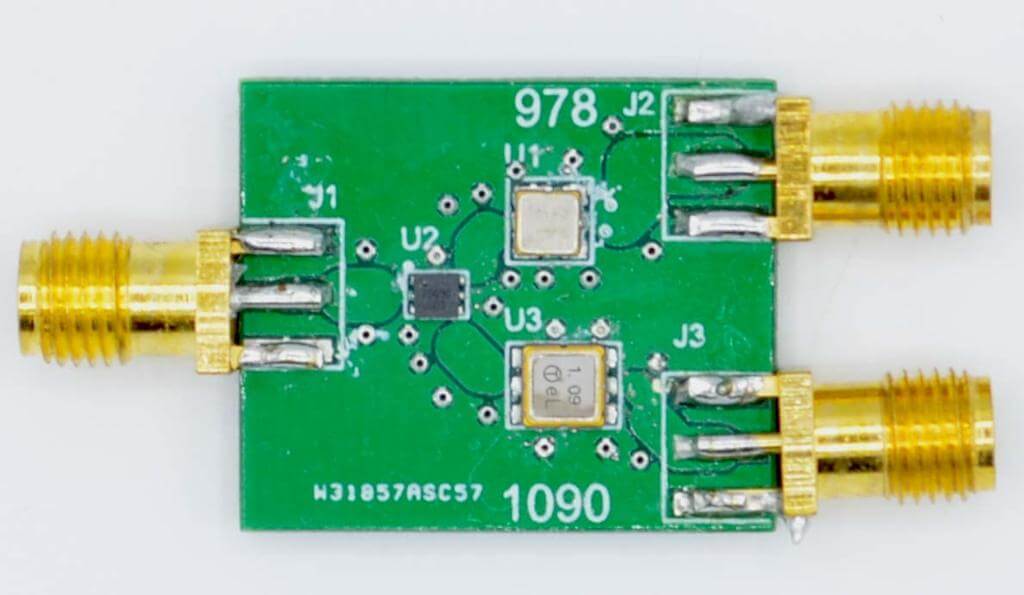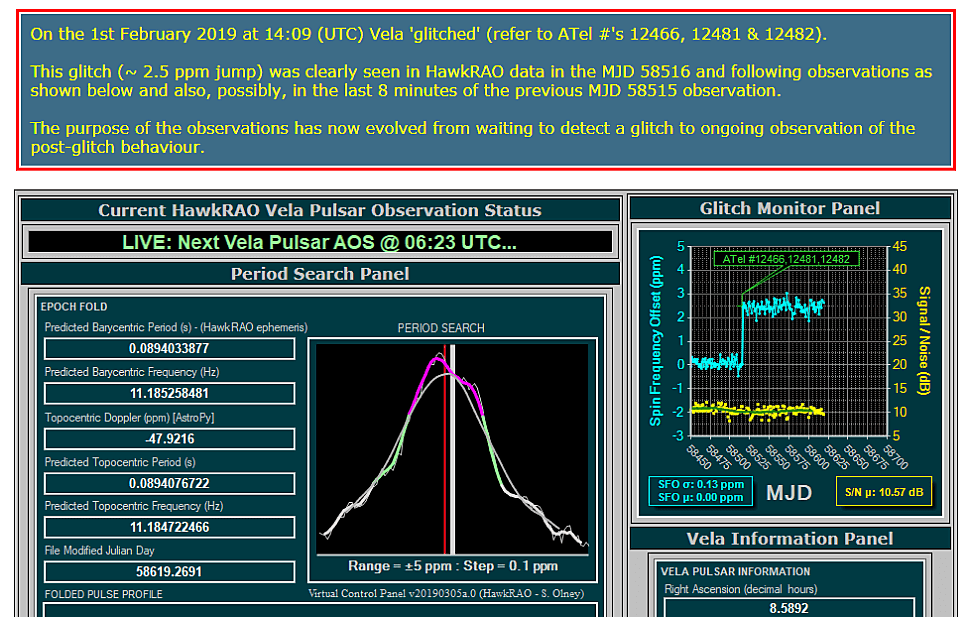A More In-depth Look at the Tunisian RTL-SDR Espionage Story
The Africa Report, an online newspaper specializing in African stories recently ran a story titled "A Tunisian spy story". The story discusses the circumstances behind the mysterious arrest of a UN expert in Tunisian, supposedly for having used an RTL-SDR dongle as part of his research into violations of the UN arms embargo on Libya. See our previous post for the original details.
The Africa Report story gives a more in depth look at what happened during his arrest and what is happening in Tunisia. If you're interested in following this story, this is a good read.
An RTL-SDR aircraft tracker, which can be purchased legally on the internet, is composed of an antenna and a USB key. There are smartphone apps that have similar functionalities that allow you to track commercial flight routes. Can it be that this object, found in his home, is the sole piece of evidence used by the Tunisian courts to justify the detention of United Nations (UN) expert Moncef Kartas for espionage, as his defence claims?
Kartas, who is German-Tunisian, was officially mandated in 2016 by the UN to lead an investigation into violations of the arms embargo on Libya. His carefully selected team was appointed by the UN secretary general and were due to draft a report in June. Kartas’s arrest disrupted those plans.
Kartas was arrested as he walked off a plane on 11 April in a theatrical scene at Tunis airport involving around 10 security agents. He is now awaiting trial in his cell in Mornaguia prison. Accused of “treason” and “spying for a foreign power”, he faces the death penalty. Fortunately for him, Tunisia has banned that punishment.
Rumours are running high around the activities of a security company he co-founded and the role of a second man who was also arrested. But several pieces are missing from the puzzle. The versions of the Tunisian authorities and the UN are completely different, as is the information supplied by the defence and that supplied by the prosecution. Saying it is “very concerned”, the UN is calling for the researcher’s release, pointing out that the lifting of his immunity is illegal.
UPDATE: Kartas was recently freed on bail.



